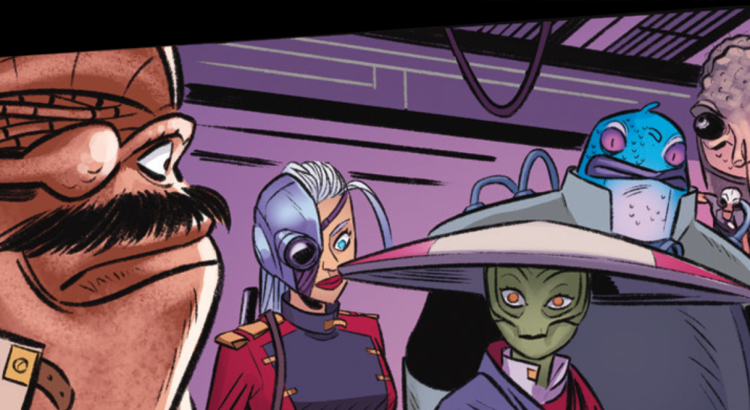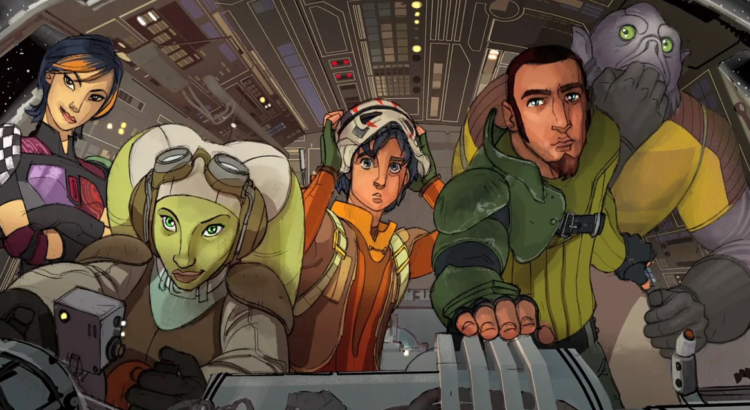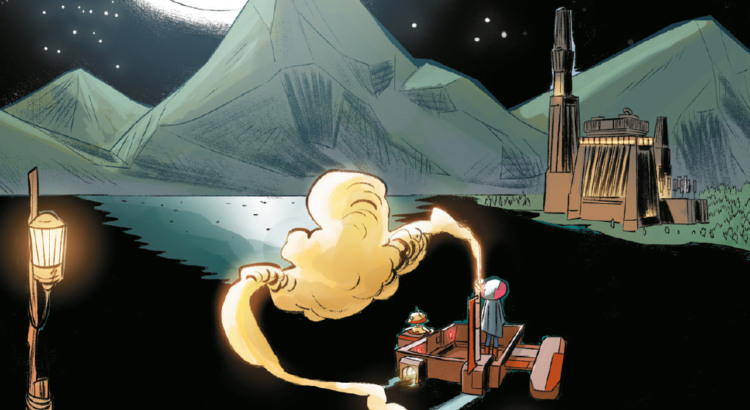I’m going to confess something: comedy is not my thing. I don’t dislike comedy; I don’t dislike laughing. I don’t think everything should be grim, dark, and edgy. But I have a hard time understanding comedy, on a technical level. I have a hard time picking it apart, peering inside to see how it functions. I’ve tried. I’ve read books and articles on how to write comedy, but it’s still this black box in storytelling that eludes me. Maybe it’s the autism.
I think this is why I took so much longer to put words to issue #2 of The High Republic Adventures than issue #1. Because everyone already said it. From the early reviews to the general reader response: it’s a laugh riot. I myself howled, out loud, a multitude of times. It’s hilarious. What more is there to say?
Comedy is not my thing.
But I also know that comedy itself is a form of storytelling. It requires pacing, setup, payoff, emotional buy-in. It’s why it’s so common for good comedic actors to also be good at drama. It’s why Jordan Peele, who made his name in sketch comedy, delivers quality horror again and again.
So I didn’t want to just dismiss this issue from analysis because it was funny. As much as I struggle with understanding the way comedy functions, issue #2 is still art. It’s still craft. There’s still an entire creative team that put effort into making this a cohesive story, that moves the story forward and reveals elements of our characters. There is still a function…
…a narrative function. Now that is something I do understand. I can’t break apart a joke and tell you how it works. But maybe I can tell you where the jokes fit with the other story elements. And I see three narrative functions that comedy plays in The High Republic Adventures issue #2.
Read More




